Green HVAC system for Zone 4 house?
jellohouse
4 years ago
last modified: 4 years ago
Featured Answer
Sort by:Oldest
Comments (34)
mike_home
4 years agoDavid Cary
4 years agolast modified: 4 years agoRelated Discussions
HVAC Zoning dampers vs. 2 systems
Comments (5)2 systems would give you redundancy if the system failed. 2 systems would also give you twice as much equipment to take care of and more of a chance of something to break (twice as many parts). Carrier's Infinity zoning system is pretty sophisticated and probably the easiest route to go with a pre-existing setup. Carrier is OK equipment. Since you're zoning I think the Infinity would be a good system for that. I've heard good things about the Infinity system as a whole. Just one question: why not the newest Infinity ICS 3-stage furnace?...See MoreHVAC system in a new house - quote and system feedback
Comments (6)clockwork you will always get more comfort and control from multiple systems over a single system with zoning controls. however, a zoned system like you have listed is certainly a viable second choice and not overkill. dealer must do his load calcs for equipment and Man D for ductwork sizing/design. Ductwork should be insulated probably R8. I would want metal trunk lines for both supply and return. what did dealer propose? I think your biggest challenge is verifying your dealer's experience/expertise with a sgl system using zoning controls. I recommend going to visit a newly constructed home similar to yours where zoning controls were used and discuss with homeowner. Zoning is not for the inexperienced. how much is this system? IMO Good Luck!...See MoreNew House, New HVAC, Zoned? Two Systems?
Comments (5)Yes Natural Gas Furnace for Heating along with the AC condenser. I have read up a lot on zoning, it seems to me like there are not a lot of installers in the industry that really know how to set them up properly. There also is a lot of negative information on zoning as it relates to the troubles a by-pass can cause to your systems efficiency. That is why I was leaning towards the two unit system, however need to figure out the proper size for each level. I know the best thing to run is a Manual J on the place however as a starting point what is the general rule based on square footage in determining the tonnage and BTU for a heating and cooling system? That along with how does the rising of hot air and the dropping of cool air determine the size you would go with? Any help would be appreciated....See Morecarrier hvac or trane hvac
Comments (5)Jt Some questions please. What is your location? What size home living area? What size furnace and eff are you replacing? What size AC are you replacing? I would like to know the exact mdl number evap coil for each quote. What thermostat is proposed for the Carrier quote? That is a big difference between the 96% eff Carrier furnace and the 80% eff Trane furnace-both 60 K input. That would be about 56 KBTUs output on the Carrier and about 48 KBTUs on the Trane. Not insignificant. I don't care for some shortcuts that homeowners make particularly on reusing linesets and using existing thermostats that shortchange a nice furnace's operational capability. Post back with the info requested. IMO...See Moremike_home
4 years agoElmer J Fudd
4 years agolast modified: 4 years agoopaone
4 years agolast modified: 4 years agoopaone
4 years agolast modified: 4 years agoAustin Air Companie
4 years agoElmer J Fudd
4 years agolast modified: 4 years agodi0spyr0s
4 years agosktn77a
4 years agoDavid Cary
4 years agolast modified: 4 years agoAustin Air Companie
4 years agolast modified: 4 years agotigerdunes
4 years agomike_home
4 years agolast modified: 4 years agoDavid Cary
4 years agoElmer J Fudd
4 years agoDavid Cary
4 years agoAustin Air Companie
4 years agolast modified: 4 years agoElmer J Fudd
4 years agoAustin Air Companie
4 years agoElmer J Fudd
4 years agolast modified: 4 years agoDavid Cary
4 years agolast modified: 4 years agotigerdunes
4 years agomike_home
4 years agoAustin Air Companie
4 years agolast modified: 4 years agoAustin Air Companie
4 years agoopaone
4 years agolast modified: 4 years agoopaone
4 years agolast modified: 4 years agoElmer J Fudd
4 years agoElmer J Fudd
4 years agolast modified: 4 years agoopaone
4 years agoAustin Air Companie
4 years agoElmer J Fudd
4 years ago
Related Stories
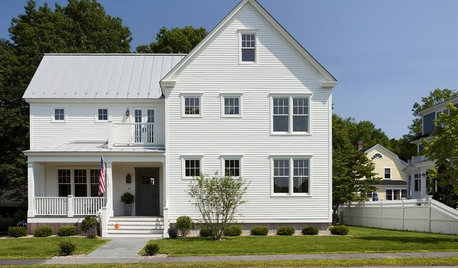
HOUZZ TOURSHouzz Tour: The Concord Green Healthy House
New home built for efficiency and flexibility finds its place in historic New England neighborhood
Full Story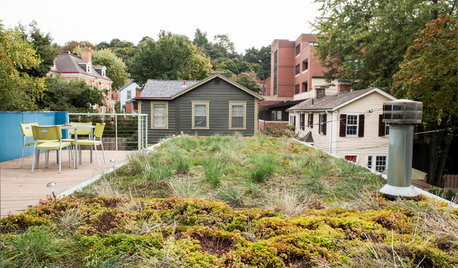
GREEN BUILDING4 Ways Green Roofs Help Manage Stormwater
See how a living roof of any size can have a big impact
Full Story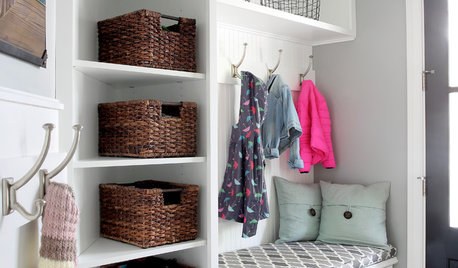
MOST POPULAROrganized From the Start: 8 Smart Systems for Your New House
Establishing order at the outset will help prevent clutter from getting its foot in the door
Full Story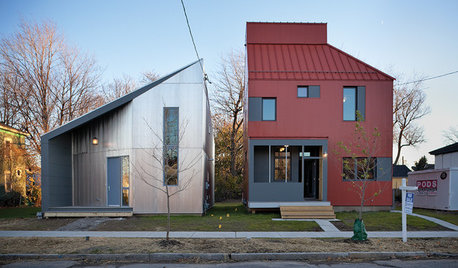
ARCHITECTUREEnergy-Saving Ideas From 3 Affordable Green-Built Houses
Get lessons in budget-friendly green building from design competition winners in New York state
Full Story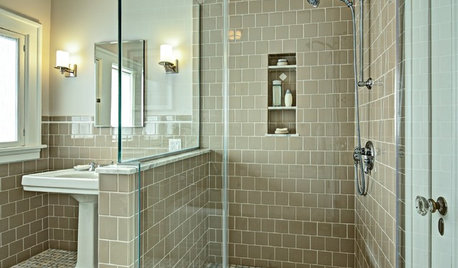
TILE10 Reasons to Consider 4-by-4-Inch Tile
Designers are embracing the once common but recently overlooked square tile in kitchens and bathrooms
Full Story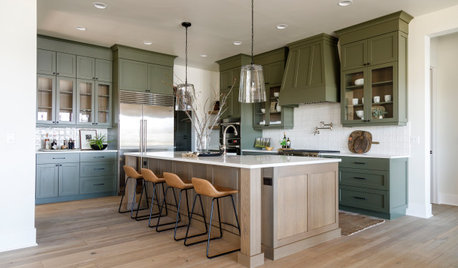
KITCHEN LAYOUTSMove Over, 3-Zone Kitchen. Meet the 5-Zone Kitchen
With open-plan kitchens so popular, has the classic kitchen triangle had its day?
Full Story
HEALTHY HOMEHow to Choose a Home Water Filtering System
Learn which water purification method is best for your house, from pitchers to whole-house setups
Full Story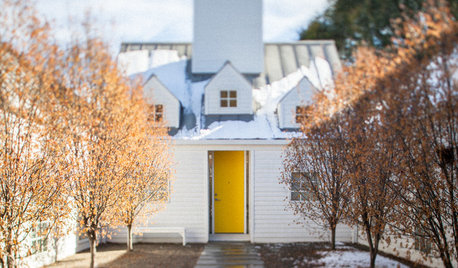
HOUZZ TOURSMy Houzz: A Master’s Design Goes Green and Universal
Adapting $500 house plans in Pittsburgh leads to planned Platinum LEED certification and better accessibility for one of the owners
Full StoryMore Discussions



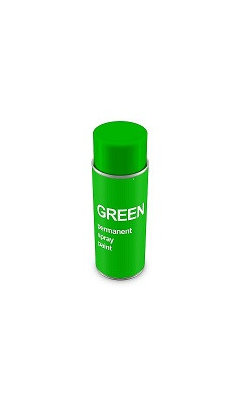



David Cary